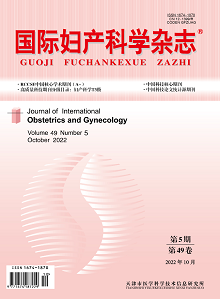Cervical cancer is the most common malignant tumor in gynecology, which seriously threatens women′s life and health. It is a global public health problem that needs to be solved urgently. At present, the treatment of cervical cancer is mainly surgery and radiotherapy, supplemented by chemotherapy. Neoadjuvant chemotherapy (NACT) is a commonly used adjuvant therapy for patients with cervical cancer, which has the advantages of reducing the size of the primary tumor and tumor metastasis. However, due to individual variability and tumor heterogeneity, not all patients respond to chemotherapy. At the same time, NACT also has certain toxic reactions, such as hair loss, neutropenia and organ damage, and even lead to the death of patients. At present, serum squamous cell carcinoma antigen (SCC-Ag) and imaging examination are most commonly used to evaluate the efficacy of NACT, but they have some limitations. The evaluation methods of NACT for cervical cancer are reviewed from the aspects of imaging, pathology, molecular markers, toxicity and survival, to provide a basis for the clinical evaluation of NACT, and to help the selection and application of individualized treatment plans.

